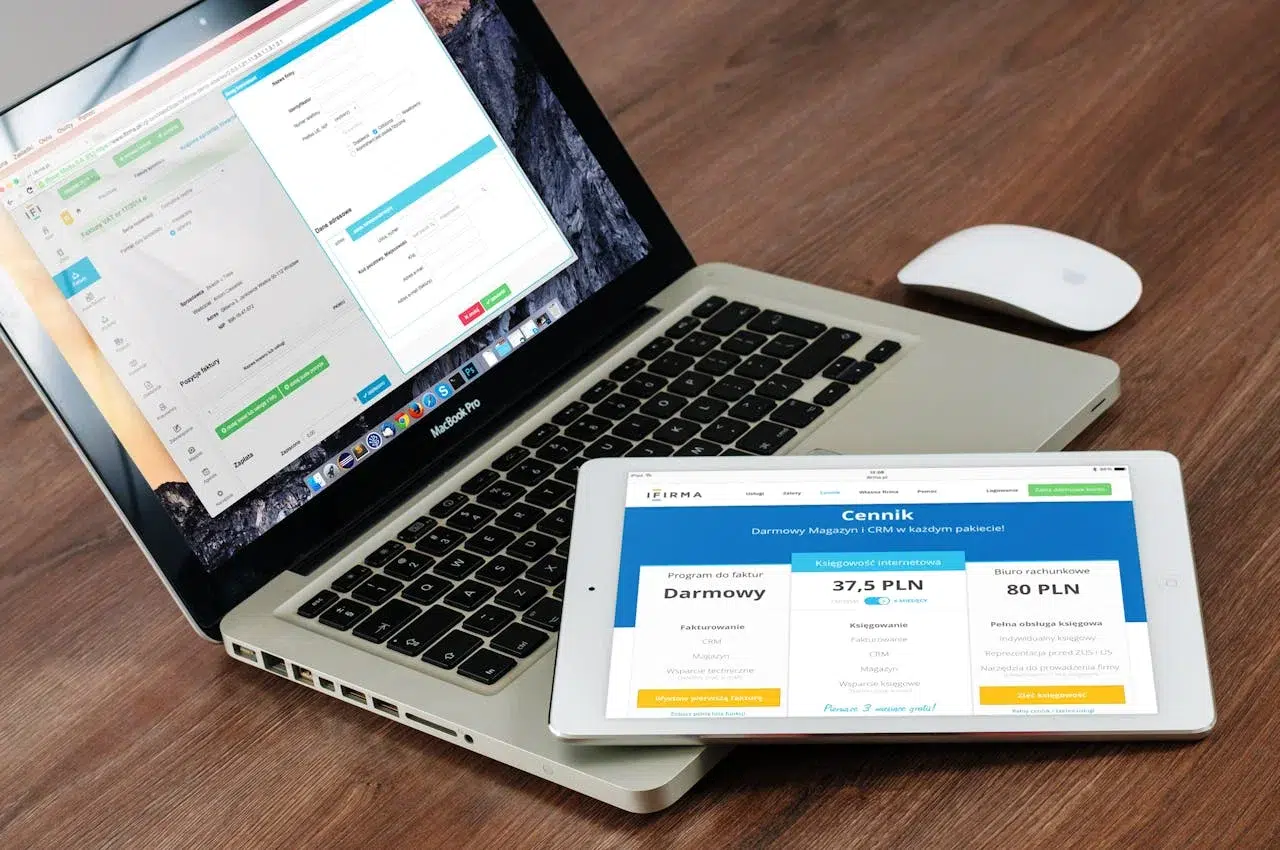
In today’s digital world, having a website alone is not enough. With an estimated 1.13 billion websites in existence and 201 million actively maintained, you must transform your website into a growth engine to succeed.
Besides creating a high-converting app listing, a well-optimized website is essential for attracting, engaging, and converting customers when you’re an Atlassian app vendor.
This is because your own website will not be limited to the strict regulations of the Atlassian Marketplace. You are also free to create marketing strategies that can boost your app installs and overall business growth.
To achieve this, focus on three key elements: Product Pages, Content Marketing, and Search Engine Optimization (SEO).
Continue reading to know how you can master these strategies to turn your website into a growth engine.
Building a Winning Product Page
A product page on your website is essential for influencing purchasing decisions. According to Forbes, 88% of customers consider product pages crucial for their buying choices.
Unlike the restrictive marketplace listings, your website’s product page allows you complete control over content, design, and user experience, making it the perfect destination for top-of-funnel (TOFU) and middle-of-funnel (MOFU) buyers.
Let’s see other reasons why product pages are important:
- Centralized Information Hub: Product pages serve as an information hub about the app. It can help potential customers understand its benefits and features, and reduce their decision-making time.
- SEO Optimization: Well-optimized product pages can rank in search engine results, driving organic traffic to your website, and increasing visibility.
- Content Marketing Opportunities: Product pages can be integrated with content like blog posts to drive traffic and engagement.
- Conversion Focus: Product pages are designed with calls-to-action (CTAs) that guide visitors toward free trial, installation, or purchase, directly impacting conversion rates.
- Customer Testimonials and Social Proof: Including testimonials and logos from satisfied customers builds trust and credibility, encouraging new users to adopt the app.
- Facilitates Retargeting: Product pages can be used in retargeting campaigns to re-engage visitors who showed interest but did not convert.
9 Key Elements of a Winning Product Page
Just like the Atlassian Marketplace app listing, a product page also has its key elements:

#1 Main Claim / Headline
Capture attention of your site visitors with a bold and credible statement that highlights your app’s primary benefit or unique selling point.
The claim must be impactful and encourage visitors to scroll down the page. Also include a click-to-action (CTA) button for easy conversion.

#2 Headline Description
Use this space to provide a brief and clear explanation about your product page headline. Try to use keywords that your target audience searches for.

#3 Customer Logo
Establish credibility by showing logos of well-known clients who use your product.
See how famous customer logos like Toyota and Apple are placed on bitvoodoo’s product page?

#4 App’s Problem Solving Purpose
Identify common pain points that your audience encounters and explain how your app resolves these issues. This can motivate them to consider your solution.
Also highlight the benefits of overcoming these problems, such as increased efficiency and cost savings.

#5 App Benefits & Features
This is where you can break down your app’s benefits and features into digestible sections with headers, bullet points, and visuals to make it easy to understand.

#6 Testimonials
Provide social proof for the claims you made above and build trust by sharing positive feedback from existing customers. Include your customers’ names and companies if possible. Video testimonials and case studies can also be very effective.

#7 Pricing Calculator
Calculators help potential customers understand the cost of your app and justify the investment.
Make it interactive, easy to use, and highlight any discounts, promotions, or volume-based pricing available.
For example, we highlighted that Ricksoft’s app is free to use for teams with up to 10 members.

#8 Call-to-Action (CTA)
Guide visitors towards the next step, whether it’s signing up for a demo, starting a free trial, or purchasing the app.
Use clear, action-oriented language for your CTAs. Place them strategically throughout the page to capture interest at various points of the buyer’s journey.

Our other Atlassian client–Elements–had Book a Demo as one of their CTA buttons.
#9 FAQs
This is where you can address common questions and concerns, help visitors make an informed decision, and assist with SEO.
Organize it in a logical order and use expandable sections to keep the page clean.
Here’s the FAQ section for the same Elements client:

By incorporating these elements, you can create a product page for your Atlassian app that not only informs and engages your visitors but also drives them to take action, significantly boosting your chances of converting them into customers.
Read More: Ricksoft – Driving 2,191% Organic Traffic Growth in 6 Months
Mastering Website Content Marketing Strategies
Being a part of go-to-market (GTM) strategy, content marketing attracts, engages, and converts visitors by providing valuable and relevant content. It addresses different stages of the buyer’s journey, ensuring that your audience receives the right information at the right time.
At Brighttail, we use the funnel below to come up with content strategies for our clients.

5 Different Stages of Content Marketing
1 – Problem Unaware
Your goal here is to build awareness for potential problems and create urgency for finding solutions. Use thought leadership articles, industry reports, and social media posts to educate and inform your audience. Highlight trends and potential issues to establish authority and spark interest.
2 – Problem Aware
Here’s where you can help them understand the extent of their problem and provide initial steps for solving it. Create in-depth resources like white papers, webinars, and blog posts with insights and actionable advice, directly addressing their concerns and demonstrating your expertise.
3 – Solution Aware
At this stage, they start looking for ways to solve their identified problems. Target high-intent keywords and build trust in your app with use case pages, solution-focused articles, and customer testimonials. You can also highlight the successes others have experienced with your app.
Here’s an example of a use case page we created for Ricksoft; we highlighted how their apps can be used to track finance reports on Confluence.

4 – Product Aware
Here, the audience is considering specific apps to solve their problems. Focus on building confidence in your app with competitor comparison pages, detailed demo videos, and comprehensive implementation guides. Showcase your app’s unique features and advantages over competitors.
5 – Ready to Buy
At this stage, your objective is to convince prospects to make a purchase and remove any friction from the process. Offer live demos, interactive playgrounds, and free trials to provide a hands-on experience with your app. These tactics help convert interested leads into loyal customers by allowing them to experience the benefits firsthand.
By strategically creating and distributing content tailored to each stage of the funnel, you can guide your audience from awareness to decision-making, driving growth and ensuring your website remains a crucial asset in your marketing strategy.
Driving Growth through SEO
SEO (Search Engine Optimization) is crucial for transforming your website into a growth engine.
A robust SEO strategy can secure your position at the top of search engine rankings, expand your portfolio of ranked keywords, and help your audience discover your site earlier in their buying journey.
This early discovery is essential for guiding potential customers through their decision-making process, ultimately leading to higher conversion rates for your Atlassian app. Let’s explore some important components of an SEO strategy below.
SEO & Website Audit
Regularly auditing your website helps uncover critical issues (e.g., non-descriptive URL structure) and opportunities for improvement (e.g., mobile-friendliness).
Use our pocket guide for a faster SEO and website self-audit.

Competitor & Keyword Research
Analyzing competitors and performing keyword research helps you identify strategy gaps and find untapped keywords. SEO tools like Semrush, Ahrefs, and Google Keyword Planner reveal high-intent keywords and competitor strategies, enabling you to improve your content focus.

Ongoing Content Optimization
Regularly update and optimize existing content with relevant keywords to address audience needs and maintain search rankings. You can use tools like Google Search Console and Google Analytics 4 to analyze website performance on SERP and content effectiveness before making necessary improvements.
Make Your Atlassian App Thrive with a Growth Engine Website
Transforming your website into a growth engine is crucial for Atlassian app vendors. By focusing on the strategies above, you can significantly enhance your online and marketplace presence, attract more visitors, and convert them into loyal customers.
Ready to elevate your Atlassian app’s online presence? Explore our Atlassian Marketplace Marketing service to get expert help in turning your website into a powerful growth engine.



